This morning the final inquiry into the Grenfell disaster was published and it sets out how a chain of failures across government and the construction industry led to the apartment block becoming a death trap.
In 2017 a fire broke out in Grenfell Tower, London which killed 72 people. Following an immediate investigate into the case, cladding was found to be the ‘principal’ reason as to why the blaze spread so rapidly, although this morning – 4th September 2024 – the final report of the six-year public inquiry was published.
Within the report, which was created by Sir Martin Moore-Brick, a retired High Court judge and is comprised of 1,700 pages, the government, private sector and the construction industry were all discovered to have committed serious failings which contributed to the tragedy.
Government flaws
Twenty-Five years before the Grenfell fire broke out – in 1992 – experts sounded an alarm about cladding fires after an 11-storey Knowsley Heights tower caught alight in Merseyside. What’s more, seven years later there was another blaze at Garnock Court in Irvine, which prompted a committee of MPs to raise concerns. However, the flammable cladding wasn’t banned because it had already been classed as meeting British safety standard.
Adding to the problem, in 2009 six people died in a fire at Lakanal House, a high rise in South London. A review of building regulations was requested, but the inquiry found the demand ‘wasn’t treated with any sense of urgency.’
In 2010, the coalition government, which was headed by David Cameron, showed promise of addressing cladding issues, but the inquiry found that under the surface, ‘matters affecting the safety of life were ignored, delayed or disregarded.’
Privatisation problems
The Building Research Establishment (BRE) is a key body in the UK that helps provide quality science-led standards for the construction industry. It was privatised in 1997, but the inquiry said it then became exposed to ‘unscrupulous product manufacturers’.
This includes Arconic, a manufacturer, which ‘deliberately concealed’ the danger of the cladding used to wrap up Grenfell. Fire tests the organisation commissioned showed the cladding performed badly, but this information was never passed on to the BBA – a British private certification company tasked with keeping the construction industry up to date.
Council catastrophes
Ultimately, the inquiry found Grenfell’s retrofit was poorly managed by contractors and the Royal Borough of Kensington and Chelsea’s company that ran social housing, known as Tenant Management Organisation (TMO).
Prior to the fire, trust and relationships had broken down between the TMO and residents, which led to a ‘serious failure to observe responsibilities’.
In addition, the TMO had been ordered to replace self-shutting fire doors in the apartment block – a measure that prevents the spread of flames – and they didn’t order the correct specification that would improve the chances of residents being rescued.
Conclusion:
Although the final inquiry can’t undo the tragic disaster that occurred seven years ago, experts have claimed they hope it brings a form of justice.
Sir Martin said: ‘Our report identifies what we think is needed to make sure that the legacy of Grenfell is real and brings about lasting change. Our recommendations place new burdens and responsibilities on people and organisations.’
In addition, former housing association chief executive, Ali Akbor OBE, who joined the inquiry as a panel member in 2020, added: ‘I hope that our report acts as a reminder to the clients of future building projects – including social housing providers – that they have a responsibility to the users of their buildings to ensure that safety is not sacrificed to the demands of speed and cost.
‘We cannot in a few words here today do full justice to the totality of our report. What is needed is for those with responsibility for building safety – in my sector as in Thouria’s (an architect who spent almost 30 years in the industry before joining the inquiry) – to read the report, to reflect on it, and to treat Grenfell as a touchstone in all that they do in the future. To act with professionalism, with competence, and to put people first.’
Image: C R
Grenfell: Insulation company accused of trying to ‘wriggle out of their responsibilities’
‘No rest until every Londoner safe’ says London Councils on Grenfell Tower anniversary



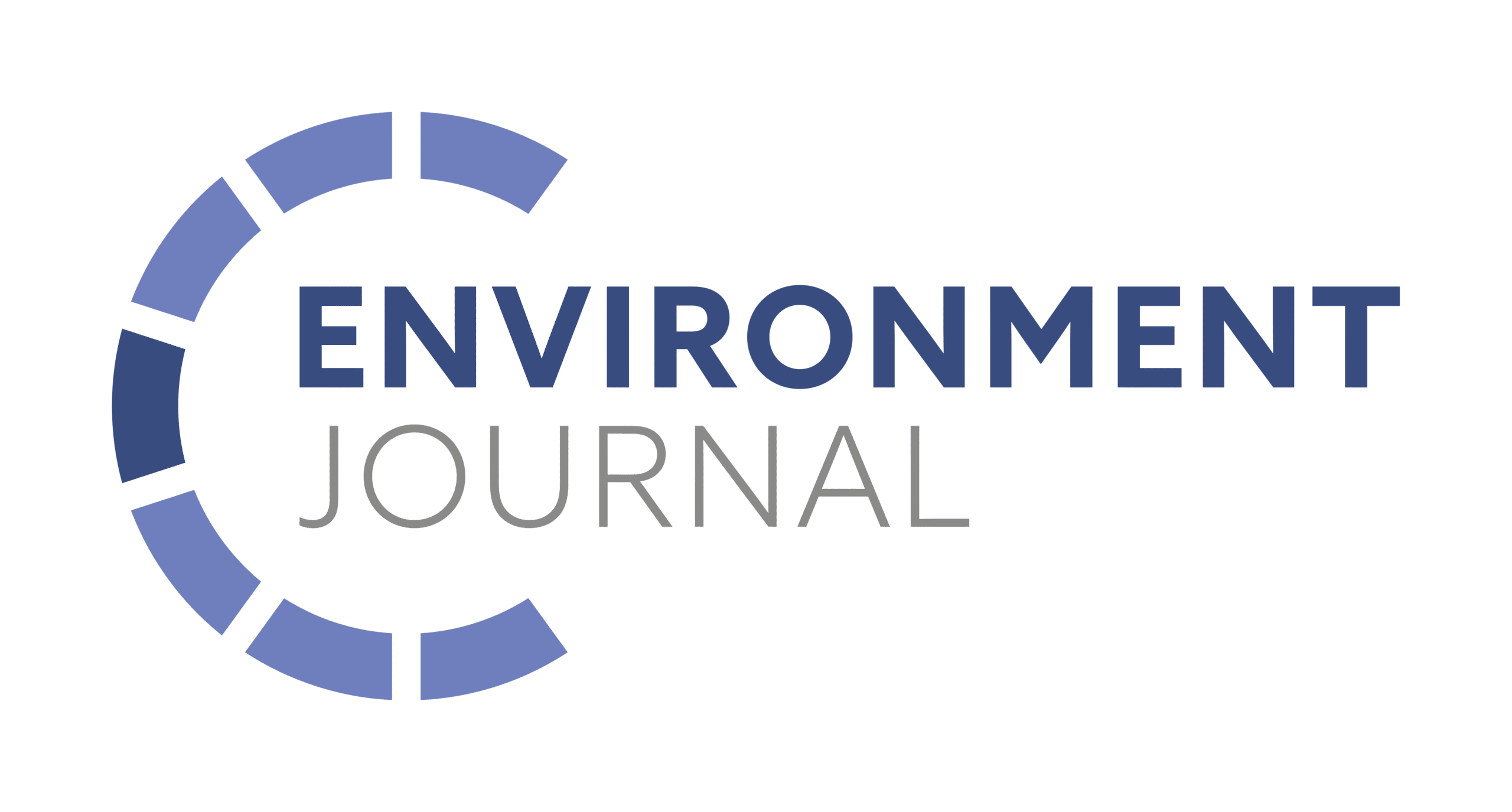






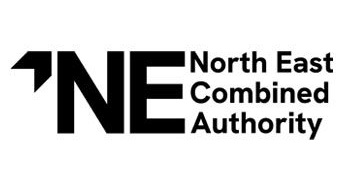
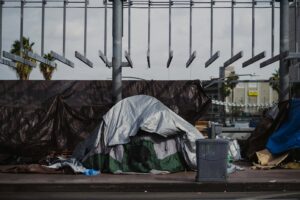
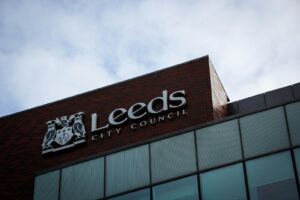


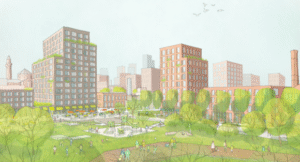
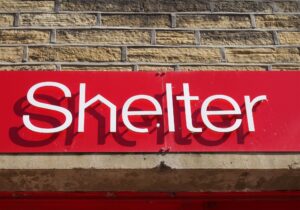
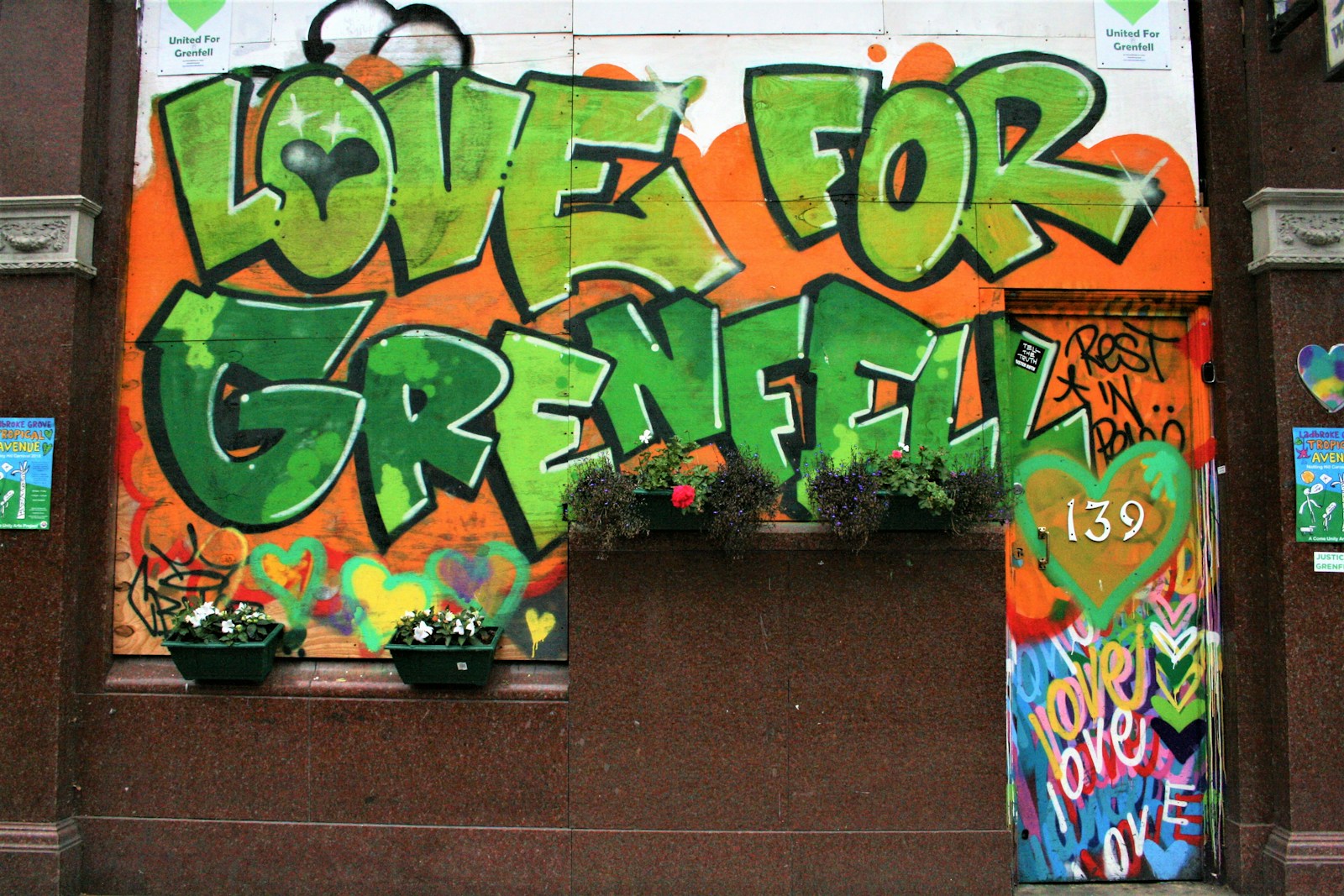
Leave a Reply